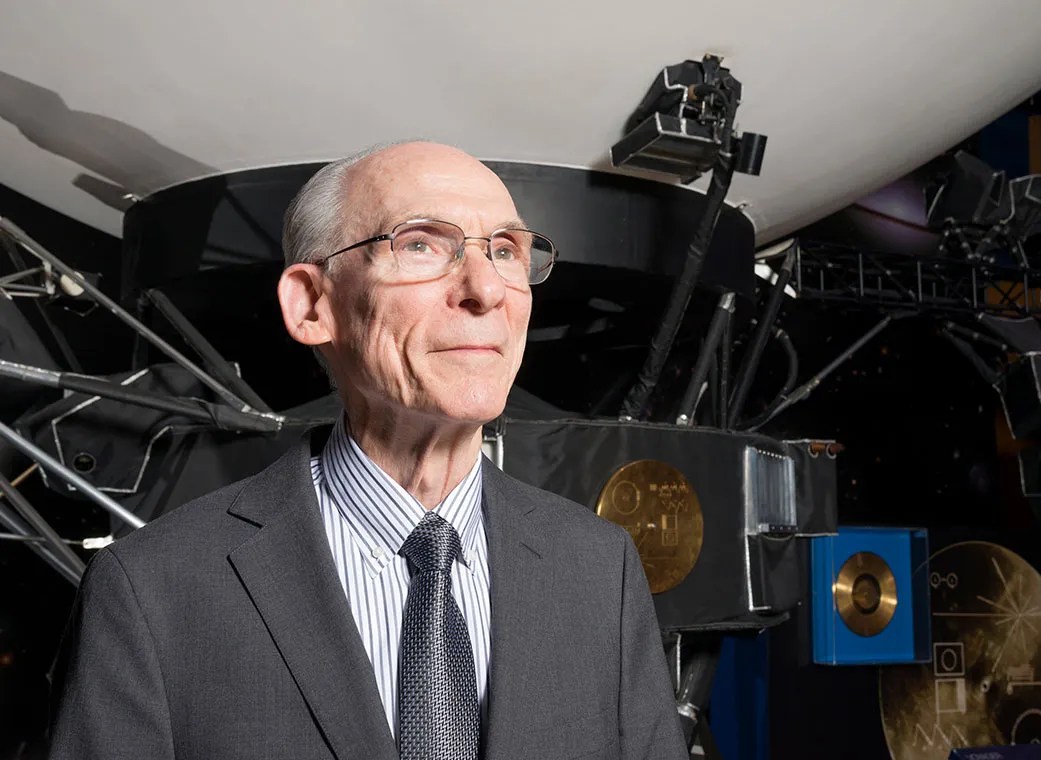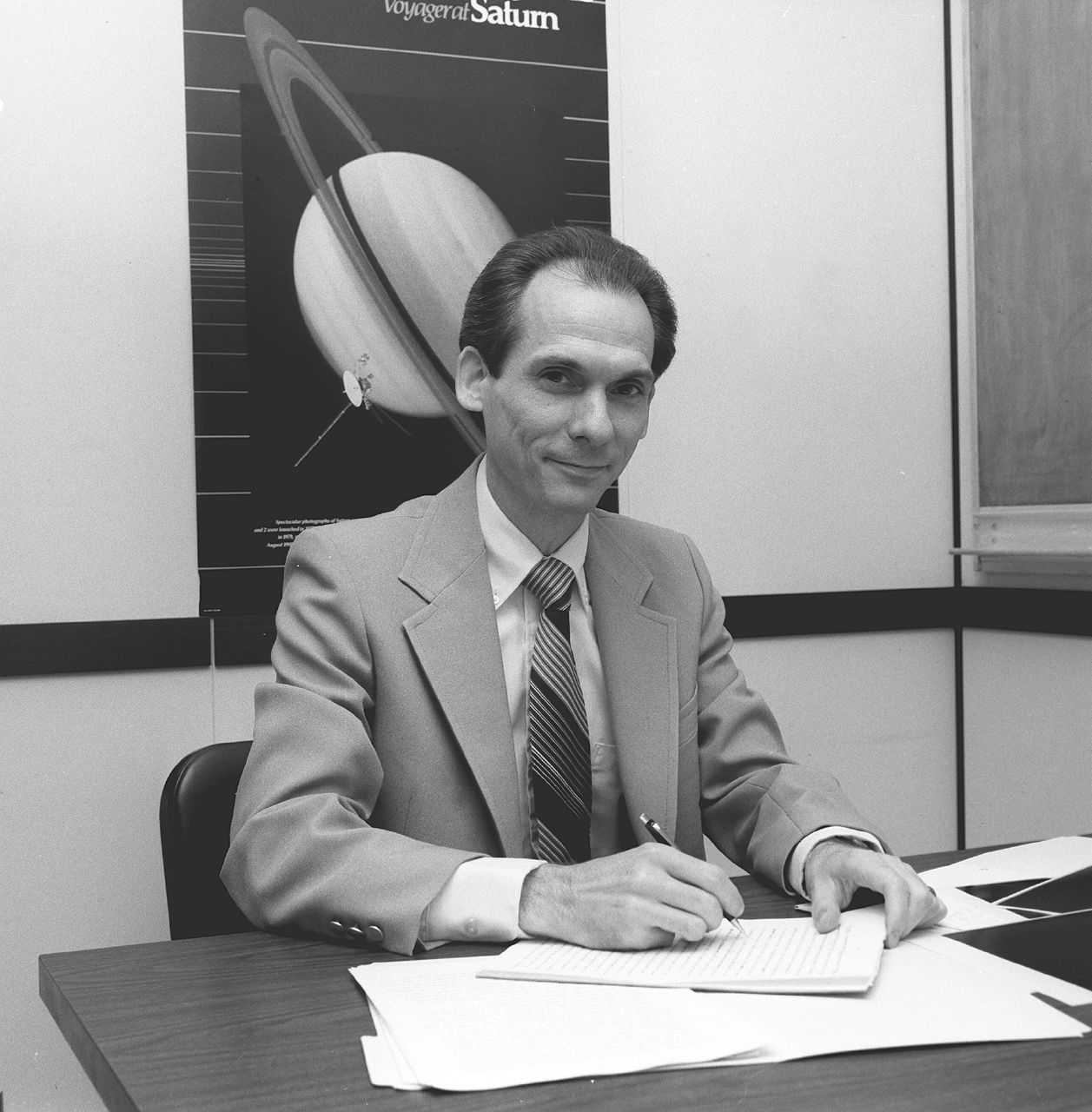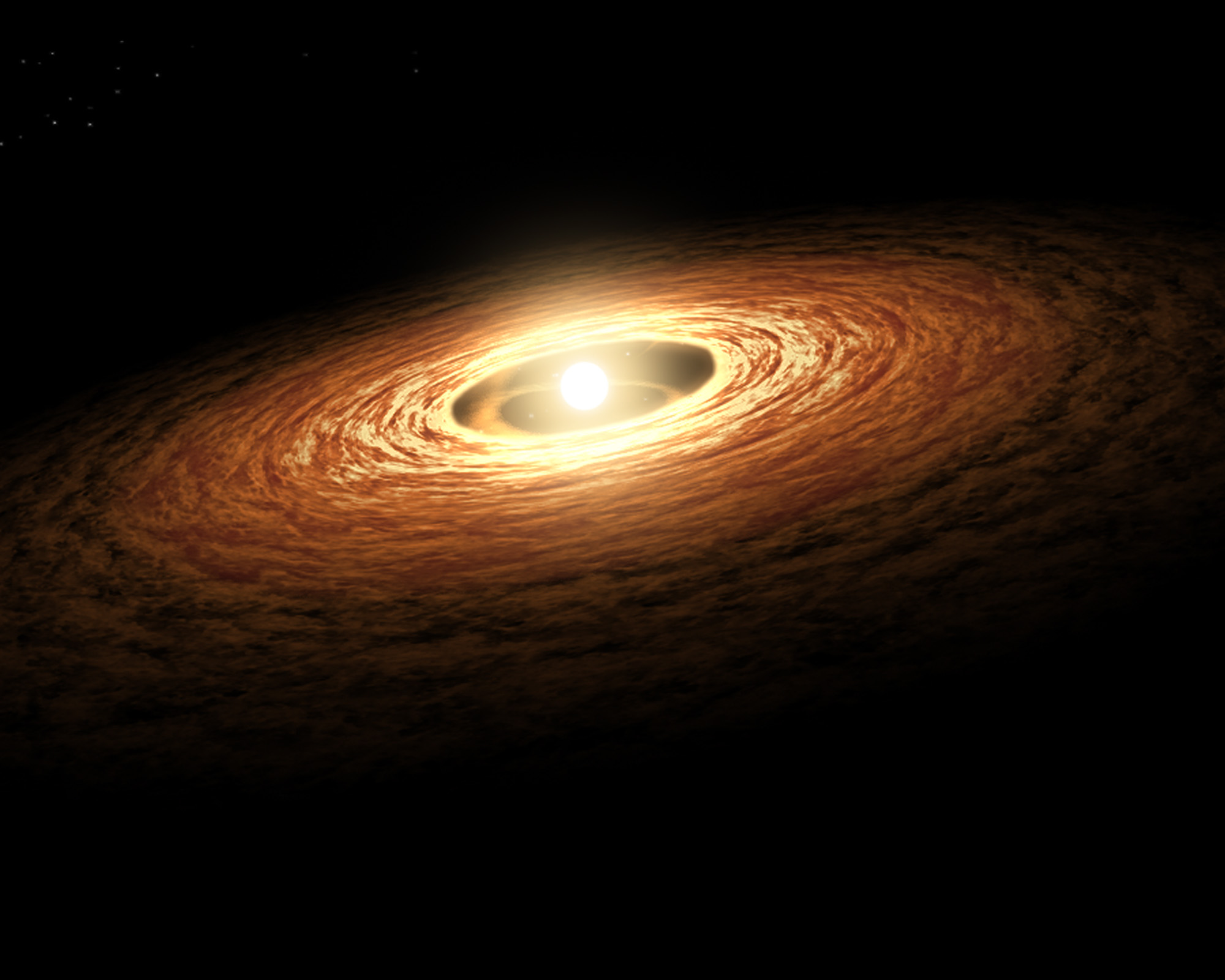
Known for his steady leadership, consensus building, and enthusiasm for engaging the public in science, Stone left a deep impact on the space community.
Edward C. Stone, former director of NASA’s Jet Propulsion Laboratory in Southern California, and longtime project scientist of the agency’s Voyager mission, died on June 9, 2024. He was 88. He was preceded in death by his wife, Alice Stone. They are survived by their two daughters, Susan and Janet Stone, and two grandsons.
Stone also served as the David Morrisroe professor of physics and vice provost for special projects at Caltech in Pasadena, California, which last year established a new faculty position, the Edward C. Stone Professorship.
“Ed Stone was a trailblazer who dared mighty things in space. He was a dear friend to all who knew him, and a cherished mentor to me personally,” said Nicola Fox, associate administrator for the Science Mission Directorate at NASA Headquarters in Washington. “Ed took humanity on a planetary tour of our solar system and beyond, sending NASA where no spacecraft had gone before. His legacy has left a tremendous and profound impact on NASA, the scientific community, and the world. My condolences to his family and everyone who loved him. Thank you, Ed, for everything.”
NASA/JPL Caltech
NASA/JPL Caltech
Stone served on nine NASA missions as either principal investigator or a science instrument lead, and on five others as a co-investigator (a key science instrument team member). These roles primarily involved studying energetic ions from the Sun and cosmic rays from the galaxy. He was one of the few scientists involved with both the mission that has come closest to the Sun (NASA’s Parker Solar Probe) and the one that has traveled farthest from it (Voyager).
“Ed will be remembered as an energetic leader and scientist who expanded our knowledge about the universe — from the Sun to the planets to distant stars — and sparked our collective imaginations about the mysteries and wonders of deep space,” said Laurie Leshin, JPL director and Caltech vice president. “Ed’s discoveries have fueled exploration of previously unseen corners of our solar system and will inspire future generations to reach new frontiers. He will be greatly missed and always remembered by the NASA, JPL, and Caltech communities and beyond.”
From 1972 until his retirement in 2022, Stone served as the project scientist from NASA’s longest-running mission, Voyager. The two Voyager probes took advantage of a celestial alignment that occurs just once every 176 years to visit Jupiter, Saturn, Uranus, and Neptune. During their journeys, the spacecraft revealed the first active volcanoes beyond Earth on Jupiter’s moon Io, and an atmosphere rich with organic molecules on Saturn’s moon Titan. Voyager 2 remains the only spacecraft to fly by Uranus and Neptune, revealing Uranus’ unusual tipped magnetic poles, and the icy geysers erupting from Neptune’s moon Triton.
“Becoming Voyager project scientist was the best decision I made in my life,” Stone said in 2018. “It opened a wonderful door of exploration.”
During Stone’s tenure as JPL’s director from 1991 to 2001, the federally funded research and development facility was responsible for more than two dozen missions and science instruments. Among them was NASA’s Pathfinder mission, which landed on Mars in 1996 with the first Red Planet rover, Sojourner. The next year saw the launch of the NASA-ESA (European Space Agency) Cassini/Huygens mission.
JPL also developed six missions for planetary exploration, astrophysics, Earth sciences, and heliophysics under Stone’s leadership.
Journey to Space
The eldest of two sons, Stone was born in Knoxville, Iowa, during the Great Depression and grew up in the nearby commercial center of Burlington. After high school, he studied physics at Burlington Junior College and went on to the University of Chicago for graduate school. Shortly after he was accepted there, the Soviet Union launched Sputnik, and the Space Age began. Stone joined a team building instruments to launch into space.
“Space was a brand-new field waiting for discovery,” Stone recalled in 2018.
In 1964, he joined Caltech as a postdoctoral fellow, running the Space Radiation Lab together with Robbie Vogt, who had been a colleague at Chicago. They worked on a number of NASA satellite missions, studying galactic cosmic rays and solar energetic particles.
Depending on the mission, Stone served as a co-investigator or principal investigator for the missions’ instrument teams, and Vogt could see his leadership potential. “Ed didn’t let emotions get in the way of doing the best possible job,” he said. “His personality is to solve a problem when it arises.” In 1972, Vogt recommended Stone to JPL leadership to be Voyager project scientist.
Among Stone’s many awards is the National Medal of Science from President George H.W. Bush. In 2019, he was presented with the Shaw Prize in Astronomy, with an award of $1.2 million, for his leadership in the Voyager project. Stone was also proud to have a middle school named after him in Burlington, Iowa, as an inspiration to young learners.
News Media Contact
Calla Cofield
Jet Propulsion Laboratory, Pasadena, Calif.
626-808-2469
[email protected]
2024-081













